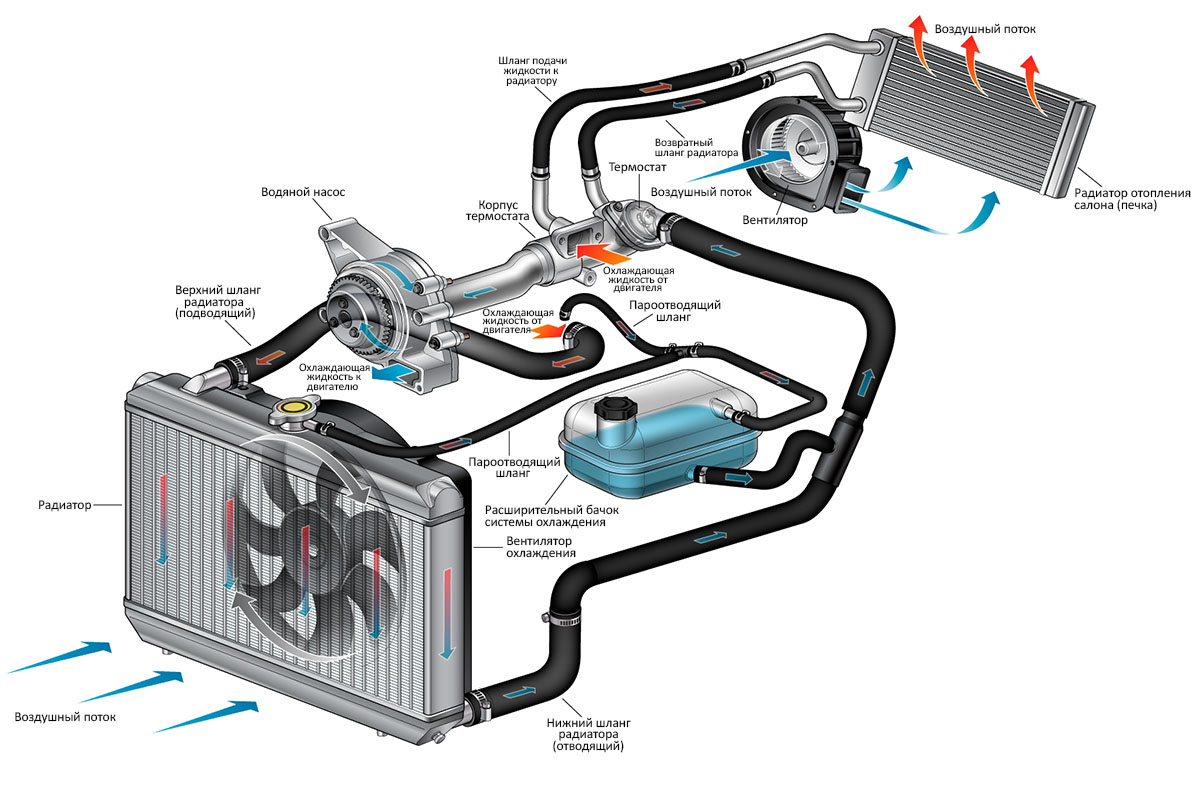
How does the car heating system work?
The sun is setting and the air smells cool. You pause to raise your jacket collar, then quickly walk to the car door and get into the driver's seat. As soon as you start the car, in just a few seconds, the fingers you hold in front of the air vent will begin to feel warm. The tension in the almost trembling muscles begins to relax as you switch to the engine and drive home.
Your car's heating system combines the functions of another system to keep you warm. It is closely related to the engine cooling system and consists of the same parts. Several components work to transfer heat to your car's interior. These include:
- antifreeze
- Core heater
- Heating, ventilation and air conditioning (HVAC) control
- dust fan
- Thermostat
- Water pump
How does your car's heater work?
First of all, the engine of your car must work to warm up the engine "antifreeze". Antifreeze transfers heat from the engine to the cabin. The engine needs to run for a few minutes to warm up.
Once the engine reaches operating temperature, the "thermostat" on the engine opens and allows the antifreeze to pass through. Usually the thermostat opens at a temperature of 165 to 195 degrees. When coolant begins to flow through the engine, the heat from the engine is absorbed by the antifreeze and transferred to the heater core.
The "heart of the heater" is a heat exchanger, very similar to a radiator. It is installed inside the heater housing inside the dashboard of your vehicle. The fan drives air through the heater core, removing heat from the antifreeze circulating through it. The antifreeze then enters the water pump.
The "HVAC control" inside your vehicle is an integral part of your heating system. This allows you to create a comfortable environment by controlling the speed of the fan motor, the amount of heat in your vehicle, and the direction of air movement. There are several actuators and electric motors that operate the doors inside the heater block on the dashboard. The HVAC control communicates with them to change the direction of the air and regulate the temperature.